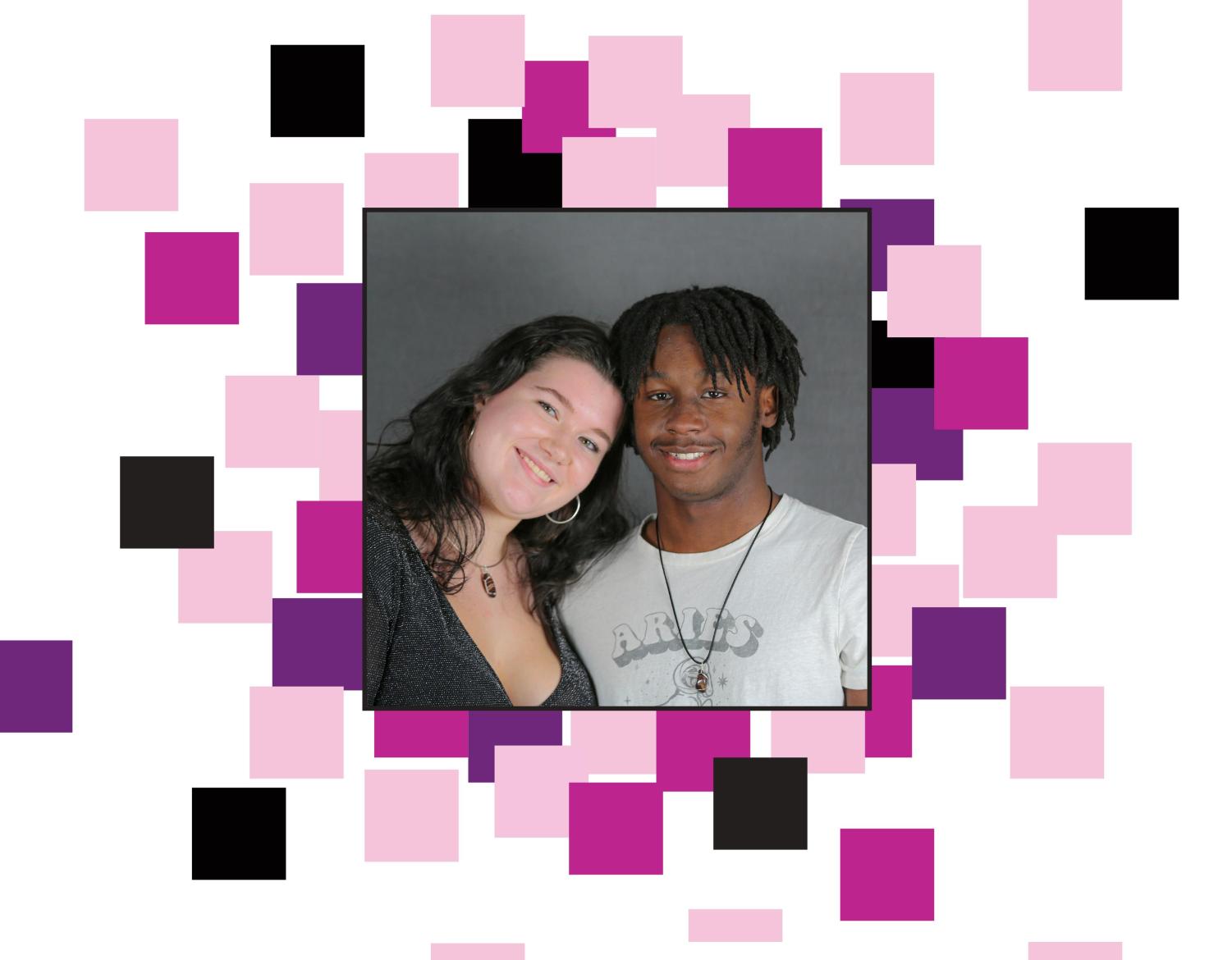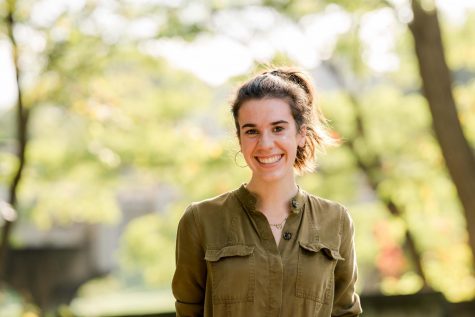Flying Blind
Caroline Andrews has noticed a divide between representation of heterosexual and queer couples in the media— everywhere from bigbox movies to the tiktoks on her ‘For You’ page.
“I think there’s definitely a lot more straight couples [media] out there,” Andrews said. “I’ve seen a lot of spa day TikToks of straight couples that I send to [my boyfriend], saying ‘we should do this’. But I don’t know how much of that content exists for people who aren’t heterosexual.”
Andrews herself doesn’t put a label on her sexuality, but she is currently in a heterosexual relationship with her boyfriend, Shamar Napier. When Napier and Andrews started dating after a year and a half of being friends, Andrews felt unprepared not knowing what maintaining an official relationship would entail. Her relationship with Napier was the first dating experience she’d had, and this feeling of apprehension made Andrews worried about how to build up the relationship from its inception.
“I didn’t feel very emotionally ready,” Andrews said. “I didn’t know what to expect or what would change between [Napier and me]. Even though it’s worked out well now, I didn’t realize how much work it would be to maintain a healthy and stable relationship.”

This feeling of unease in dating is commonly felt by Theo Sheridan*, but for a different reason. Sheridan, a Community High School (CHS) junior, has noticed that many queer high schoolers don’t feel prepared to be in relationships. Sheridan credits this to the emotionally difficult process that queer people go through in navigating their sexual, romantic and gender orientations, particularly while dating in high school for the first time.
“[Many] queer people at our age, myself included, just aren’t done with the emotional work and the acceptance that you have to reach [in order to] truly step outside of the traditional, heterosexual normative of ‘this is how dating is’ [or] ‘this is how marriage is,’” Sheridan said.
In Sheridan’s eyes, teenagers are learning how to form and experience relationships within a society that discourages anything outside of the scope of heterosexual relationships, or ‘Hallmark relationships,’ as he refers to them. Sheridan identifies as a gay, cisgender male, and in trying to form romantic relationships, he has faced many emotional blocks surrounding his sexuality that heterosexual people have not had to encounter.
“When [queer people] realize ‘that’s not my sexuality,’ or ‘that’s not my gender’ and we step out of that [norm], there is a sense of failure and disappointment that comes with along with that [revelation],” Sheridan said. “It can be really difficult to overcome that, and to have a relationship that could make you happy otherwise.”
As teenagers and as humans, we seek guidance from the people in our lives who are older than us— our role models. Sheridan has observed a difference between queer and heterosexual role models in the world: a juxtaposition that holds huge influence over how queer people form romantic relationships of their own.
“Because of events like the AIDS epidemic, queer people just don’t have older role models to look up to in the same way that straight people do,” Sheridan said. “There’s not a lot of older people that we can look at and use as an example of, ‘that’s the life that I’d be happy having.’”
Chloe Root, a CHS history and government teacher has seen firsthand how meaningful a role model’s presence can be for teenagers experiencing dating for the first time. Root, who now identifies as queer, came out as bisexual when she was 14 years old and went through adolescence with very few queer role models in her life. However, Root did have one key person she looked up to as a teenager.
During her sophomore year in high school, Root got a job working at a law firm next door to CHS, where she met a female lawyer who was in a long-term, stable relationship with a woman. Root describes this person as a powerful example to her of a normal queer relationship in the world.
“I felt like all of the queer relationships I had seen portrayed [in media] were very dramatic, chaotic and anonymous,” Root said. “I hadn’t really seen queer women in relationships as adults, and [this lawyer] just had a healthy normal one.”
Recognizing this real-life example of a queer relationship gave Root security in seeing what her potential future as a queer adult in a relationship could be. If this woman could simply exist as a queer person in a normal relationship, teenage Root knew that she must be allowed to do that too.
“It was pivotal to know that I could have a healthy, adult relationship with someone else who was female or queer-identified and that I didn’t have to just be in straight relationships,” Root said. “I knew I wanted to have more long-term partnerships, but I didn’t know what that looked like for queer people because it was so not accepted and there were so few examples of it. So actually seeing that example as a teenager and being like, ‘okay, this is real,’ was so important to me.”

A role model’s presence, although significant, isn’t the only component in the challenge of high school dating. For teenagers in a heterosexual relationship like Andrews, there is the factor of unpreparedness and unfamiliarity that comes with dating someone for the first time. But for teenagers like Sheridan, there are numerous factors: not only are queer teenagers dating for the first time in their lives, but they are also facing enormous difficulty in self acceptance that complicates their abilities to experience dating in an unimpeded way.
Regardless of whether someone is queer or not, dating in high school creates a sense of vulnerability that can feel uncomfortable. But Sheridan views this vulnerability as a possibility for emotional and interpersonal growth.
“I think so many people are flying blind,” Sheridan said. “But not everyone has to have it down perfectly [in] their first [relationship]. Everyone will find their own way with time, and with help from the people who care about them most.”









